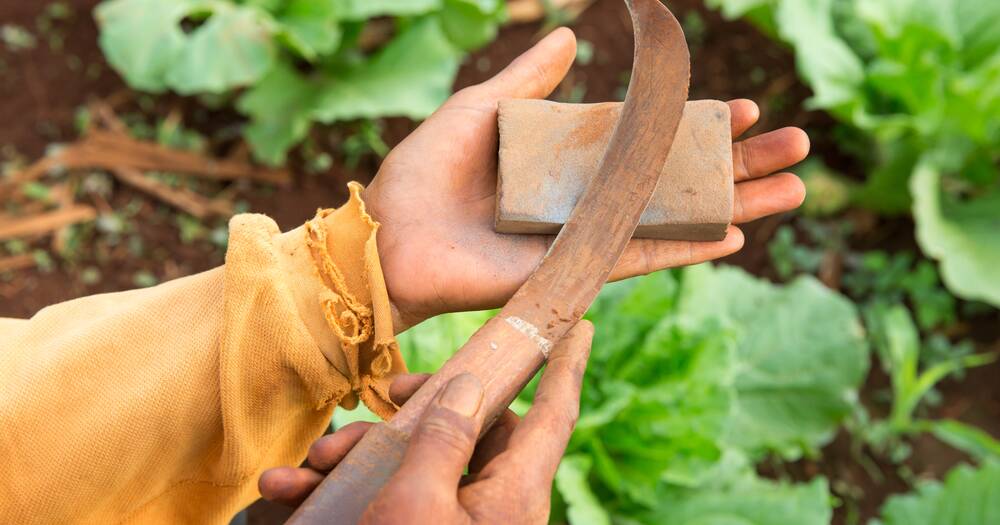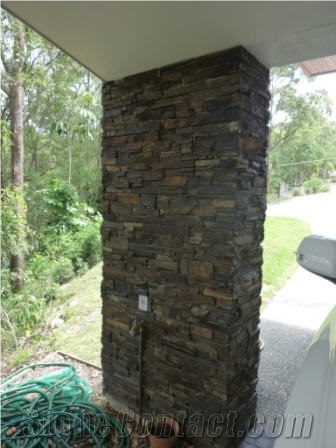By chance, do we have any blokes near Mudgee NSW?
We have a mission for you.
It seems like, at one point, there was a hone quarry out that way. Want to help us find it?
We have a mission for you.
It seems like, at one point, there was a hone quarry out that way. Want to help us find it?




